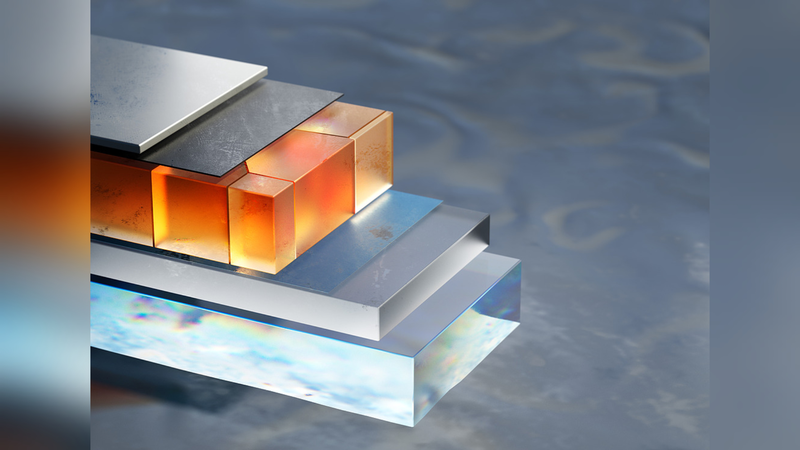In a landmark study published in Nature on Tuesday, a joint research team in the Chinese mainland achieved a new record in perovskite solar cell efficiency, breaking past the 30 percent barrier for the first time. Led by Professors Tan Hairen of Nanjing University and Chang Chao from the National Sciences Institute of Innovation, the team’s certified 30.1% efficiency marks a milestone for next-generation photovoltaics.
Perovskite solar cells have dazzled researchers for their low-cost materials and ease of fabrication, but improving their efficiency has faced a major roadblock: tracking and controlling electric charges inside the delicate layers without causing damage. It’s like trying to map traffic patterns in a city without disrupting the vehicles, says Tan.
To tackle this, Chang’s group turned to a non-destructive terahertz detection method. Acting like an ultra-sensitive scanner, terahertz waves allowed the scientists to observe charge movement in real time—pinpointing where energy was being lost at a critical interface within the cell.
Armed with these insights, Tan introduced a 'dipolar passivation' layer—think of it as an express lane that guides charges efficiently, cutting down waste. Terahertz analysis confirmed the new passivation boosted charge mobility by over 68%, letting charges travel farther with less loss.
The result? An independent evaluation confirmed the cell’s certified efficiency reached 30.1%. Lin Renxing, assistant professor at Nanjing University and lead author, highlights the broader impact: their strategy provides a clear roadmap for designing more efficient and affordable solar cells.
With renewable energy at the forefront of global climate goals, this breakthrough paves the way for scalable, cost-effective solar solutions. As perovskite technology moves from lab to market, this record-setting efficiency brings us one step closer to a cleaner, sustainable energy future.
Reference(s):
China team breaks 30% efficiency barrier in perovskite solar cells
cgtn.com



